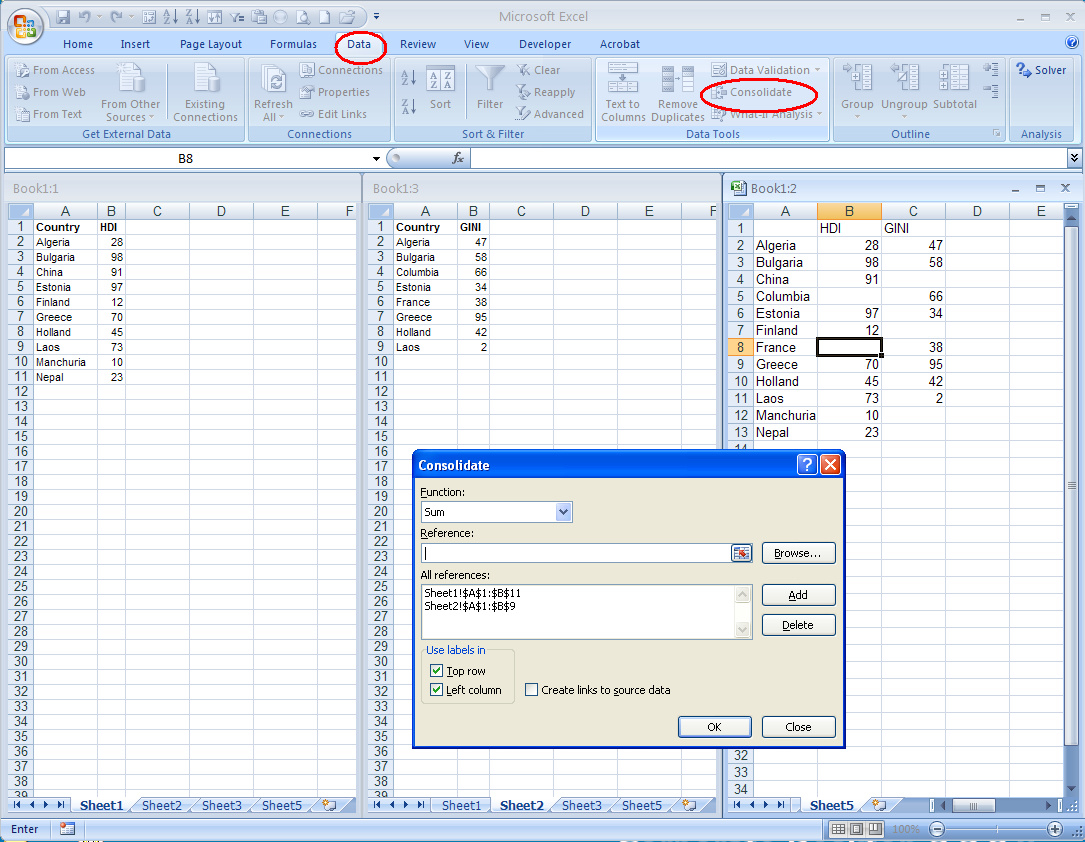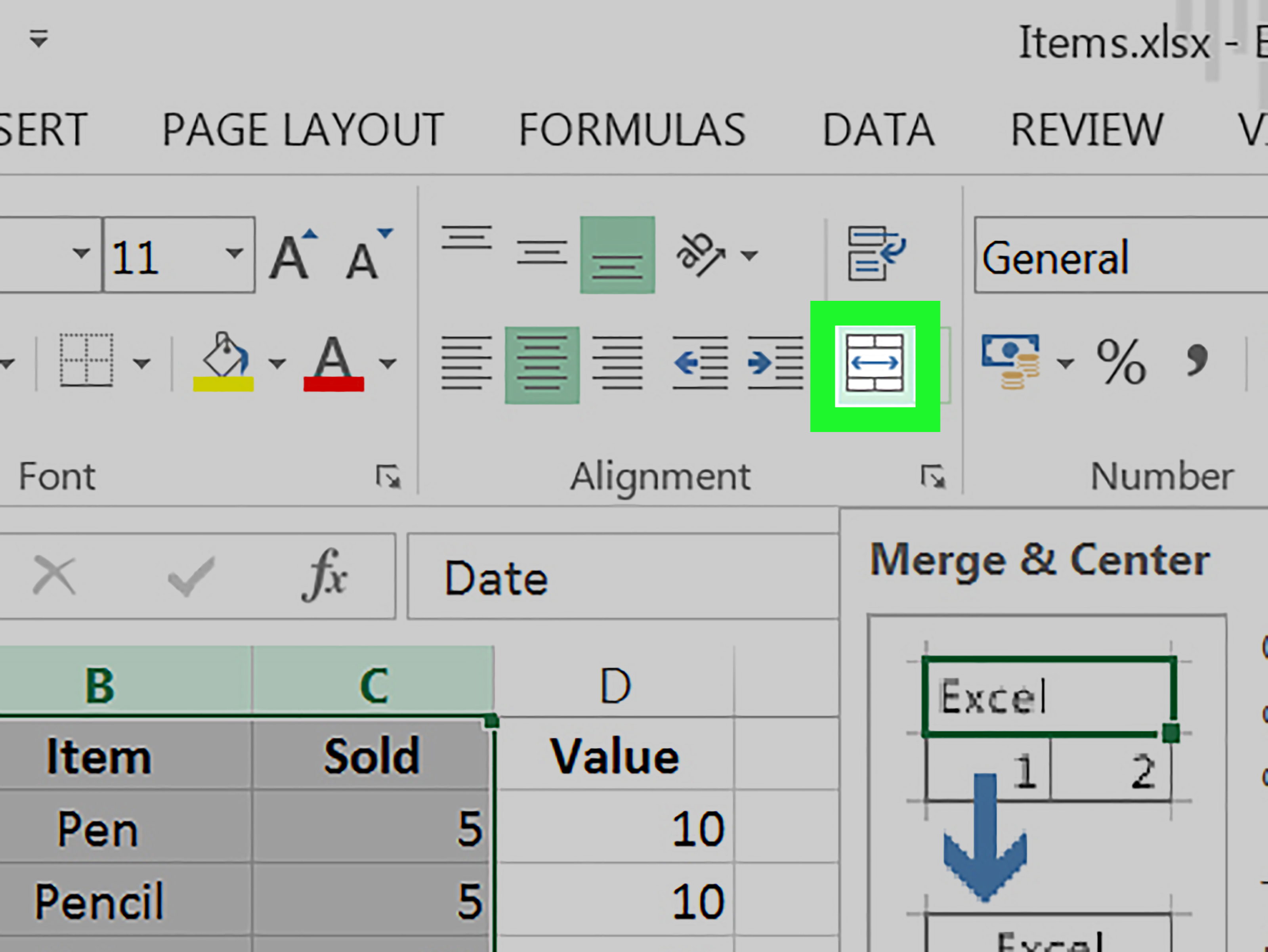5 Ways to Merge Sheets in Excel 2003 Easily

Microsoft Excel 2003, though an older version of the now ubiquitous spreadsheet software, still holds a place in many business environments due to its reliability and simplicity. Here, we will explore five methods to merge sheets in Excel 2003, ensuring that you can efficiently combine data from different sources into a single, coherent worksheet. Whether you're consolidating financial data, inventory lists, or any other datasets, these techniques will streamline your workflow.
1. Using Copy and Paste


The most straightforward way to merge sheets in Excel 2003 is by using the Copy and Paste function. This method doesn’t require any advanced Excel skills:
- Open your Excel workbook and navigate to the source sheet you wish to copy data from.
- Select the cells or range you want to merge. Use Ctrl + A to select the entire worksheet if needed.
- Right-click the selection and choose ‘Copy’ or press Ctrl + C.
- Move to the destination sheet where you want to paste the data.
- Select the cell where you want the data to start and right-click, then choose ‘Paste’ or press Ctrl + V.
📋 Note: If your data includes formulas, ensure that relative and absolute references are correctly adjusted after copying to avoid errors in your merged sheet.
2. Consolidate Function

Excel 2003’s Consolidate feature is perfect for summing or averaging data across multiple sheets, particularly when dealing with numeric data:
| Step | Action |
|---|---|
| 1 | Select the range on the destination sheet where you want to consolidate the data. |
| 2 | Go to ‘Data’ > ‘Consolidate’ from the menu. |
| 3 | Choose your function (Sum, Count, Average, etc.) and specify the source ranges from different sheets. |
| 4 | Click ‘Add’ after specifying each range and finally ‘OK’. |

🔍 Note: Ensure your sheets are properly named as the Consolidate function references these names for combining data.
3. Using Excel’s Data Tab

This method uses the ‘Data’ tab to merge sheets by importing data from other sheets into one:
- Select the cell where you want to start importing data in the destination sheet.
- Go to ‘Data’ > ‘Import External Data’ > ‘Data from Text’ or another compatible file type.
- Navigate to the file containing your source sheets and import them into your current workbook.
- Use ‘Paste Special’ to merge data based on specific rules or keep data formats intact.
4. Creating a Summary Sheet

For an overview of multiple sheets, creating a summary sheet can be beneficial:
- Create a new sheet titled ‘Summary’ in your workbook.
- Use formulas like
=SUM(SourceSheet1!A1, SourceSheet2!A1)to sum up values across sheets. - Alternatively, create dynamic ranges by using Excel’s
INDIRECT()andCOUNTA()functions to pull data dynamically from different sheets.
5. VBA Macro for Advanced Merging

For repetitive merging tasks or complex merging scenarios, Visual Basic for Applications (VBA) scripting offers immense flexibility:
- Open the Visual Basic Editor with Alt + F11.
- Insert a new module from ‘Insert’ > ‘Module’.
- Paste the following VBA code into the module:
Sub MergeSheets() Dim WS As Worksheet Dim i As Integer Dim LastRow As LongFor Each WS In ThisWorkbook.Worksheets If WS.Name <> "Summary" Then i = i + 1 LastRow = WS.UsedRange.Rows.Count + 1 WS.Range("A1:Z" & LastRow).Copy Destination:=Sheets("Summary").Range("A" & ((i - 1) * (LastRow - 1) + 1)) End If Next WS
End Sub
💾 Note: This script assumes you have a sheet named 'Summary' where data will be merged. Adjust sheet names and range references according to your workbook setup.
In wrapping up, we've covered five effective ways to merge sheets in Excel 2003, each with its advantages for different data consolidation scenarios. From basic Copy and Paste methods to advanced VBA scripting, these techniques ensure you can handle data from multiple sources efficiently. Each method provides a solution tailored to different levels of data complexity and user proficiency, making Excel 2003 still a versatile tool for data management and analysis.
Can I merge sheets from different workbooks in Excel 2003?

+
Yes, you can merge sheets from different workbooks by opening the workbooks, copying the relevant data, and pasting it into the destination sheet in the current workbook.
What if I need to merge sheets but keep the formatting?

+
Use the ‘Paste Special’ feature with ‘Formats’ selected to copy over the formatting from the source sheet, ensuring consistency in the merged data.
Is there a way to automate the merging process in Excel 2003?

+
Yes, you can automate merging by using VBA macros, as outlined in the fifth method. This method allows for complex merging rules tailored to your specific needs.



